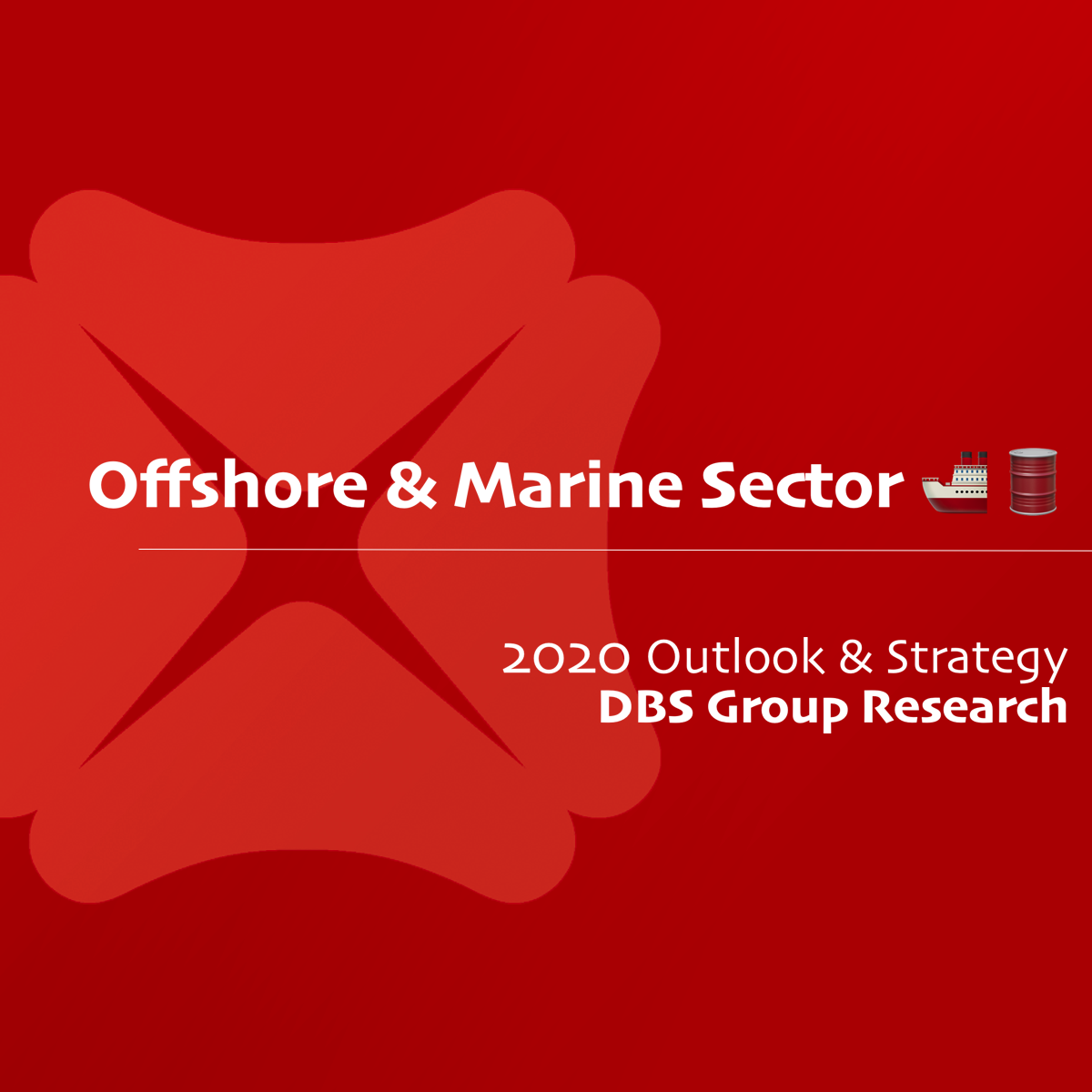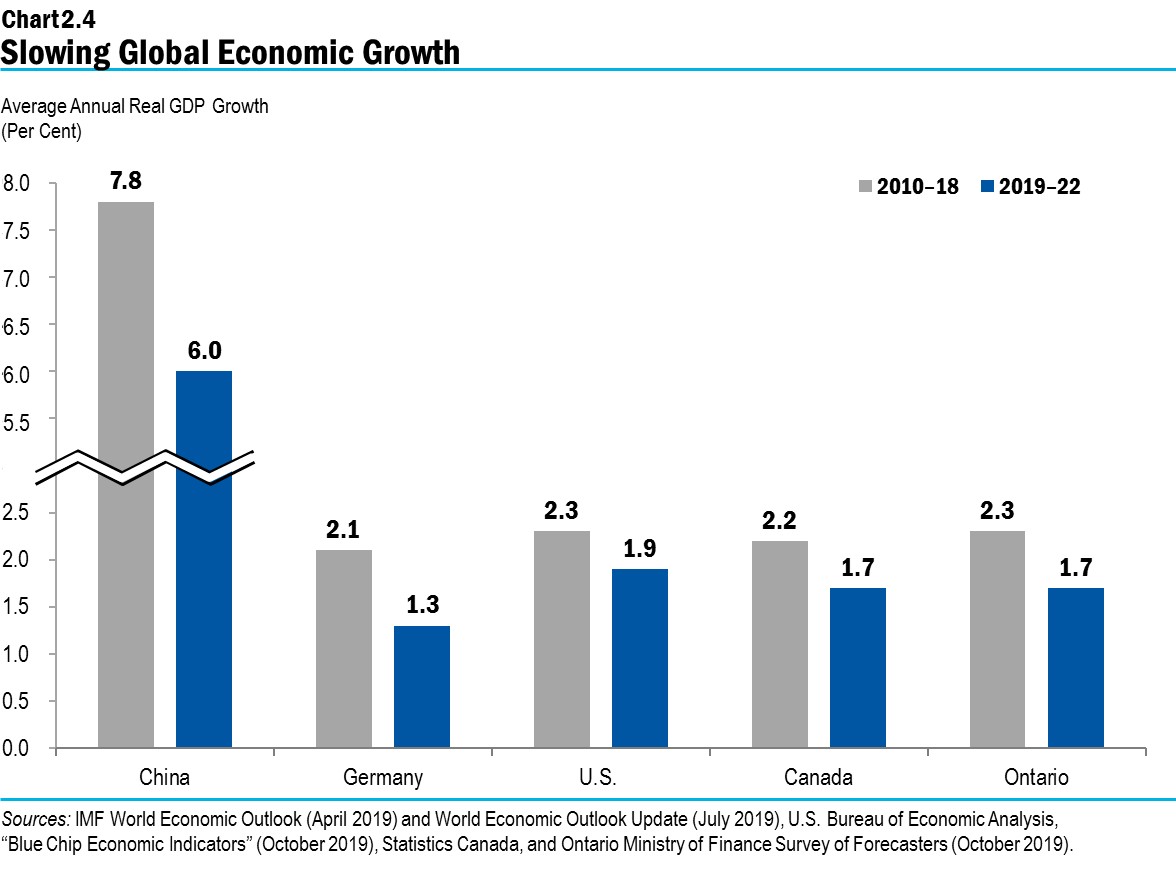
Missing patches can also cause disconnects in the older clients and you should follow what Microsoft sets out. The older clients also use RPC of HTTP, which is the older protocol and newer clients and Exchange use MAPI over HTTP to connect.Įnsure that your clients are up-to-date and patched. Older clients like Office 2010, which will have support ending in January 2020, are going to force companies to upgrade to newer versions of Exchange because Office 365 will not support these older versions.

Companies tend to stick with the legacy clients and not upgrade quickly due to the increased cost of software. With the newer versions of Outlook comes newer licensing costs and increased costs for buying the application. That in turn means more costs to apply QOS (quality of service) so that the end-user has a great experience on Outlook, as in some companies the SLA for email is very high. In some countries, bandwidth is very expensive and companies pay a fortune to get good quality lines. This will cause a lot of frustration, not only connecting to Office 365 but also to a datacenter where mail is hosted. Imagine being on a 1MB ADSL line with 20 people trying to connect. Speed is a big factor for Outlook clients as they are sensitive to network blips or slowness. Let’s take a look at each one of the items listed above and talk about them - and if you are having a problem, hopefully, we can get you up and running. DNS issues or stale records or double Autodiscover records.

What is causing these Outlook connectivity issues? It can be any one of the following: This problem not only affects clients connecting to the cloud but all customers who are still running on-premises versions of Exchange like Exchange 2010 or higher. But amid the excitement, there is frustration: Many are struggling with Outlook connectivity issues.


Office 365 is in high demand in many countries and there is considerable excitement about running the latest version of Outlook, which is Outlook 2019. Outlook is one of the most-used client applications by organizations around the globe.


 0 kommentar(er)
0 kommentar(er)
